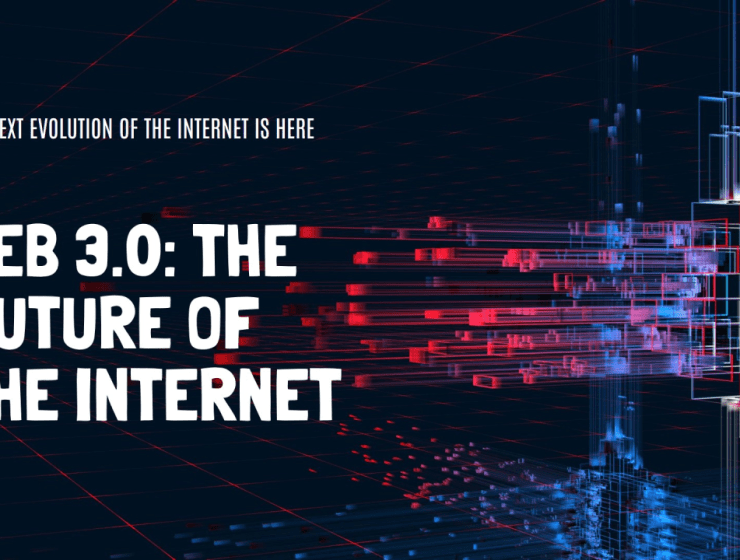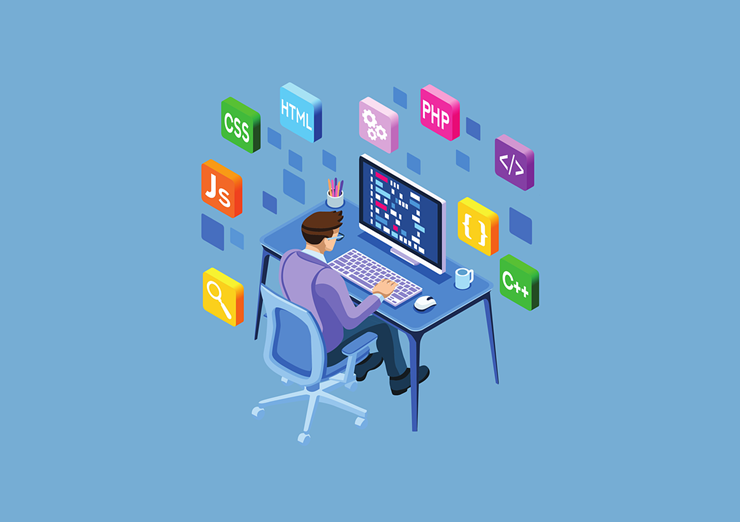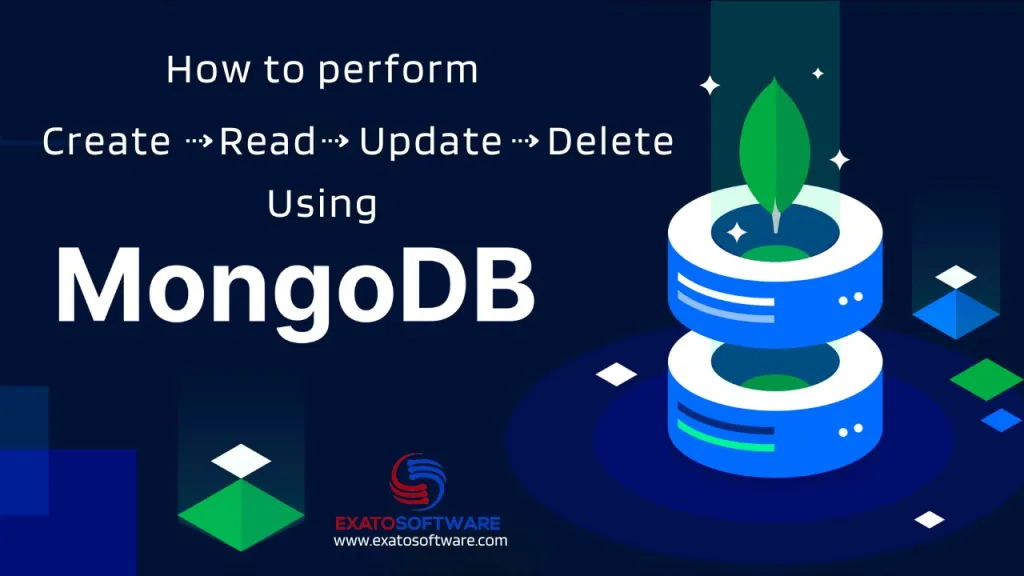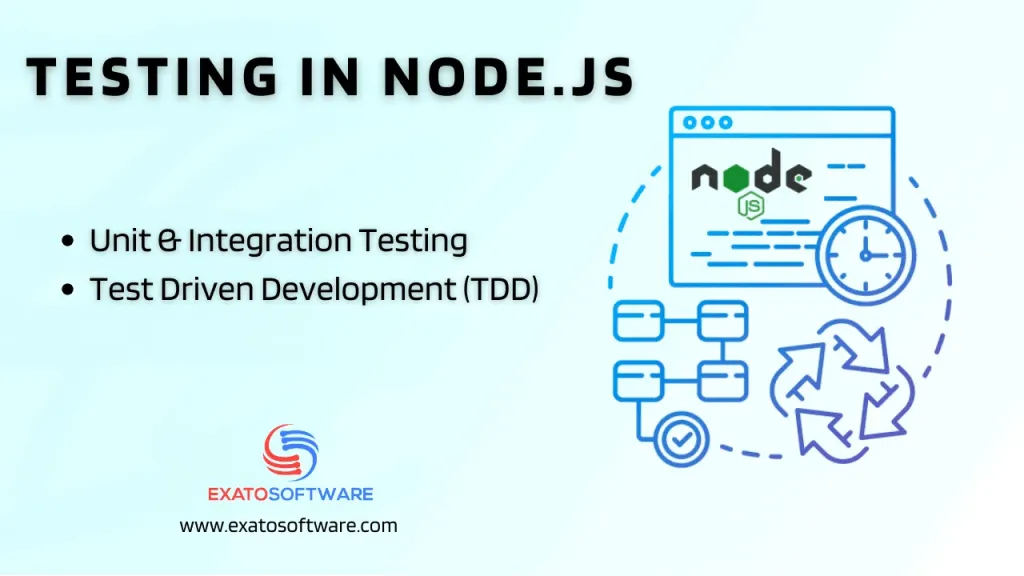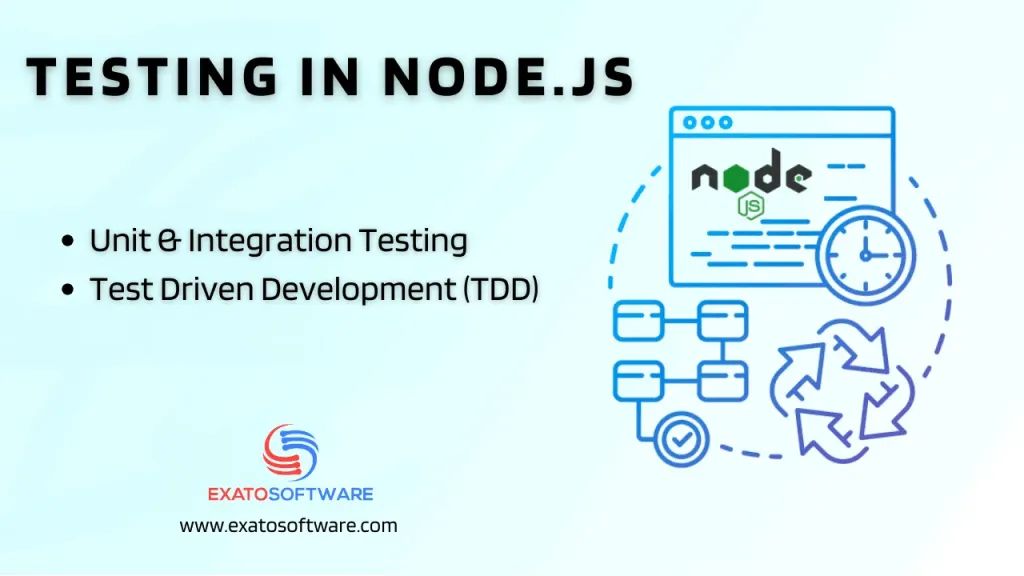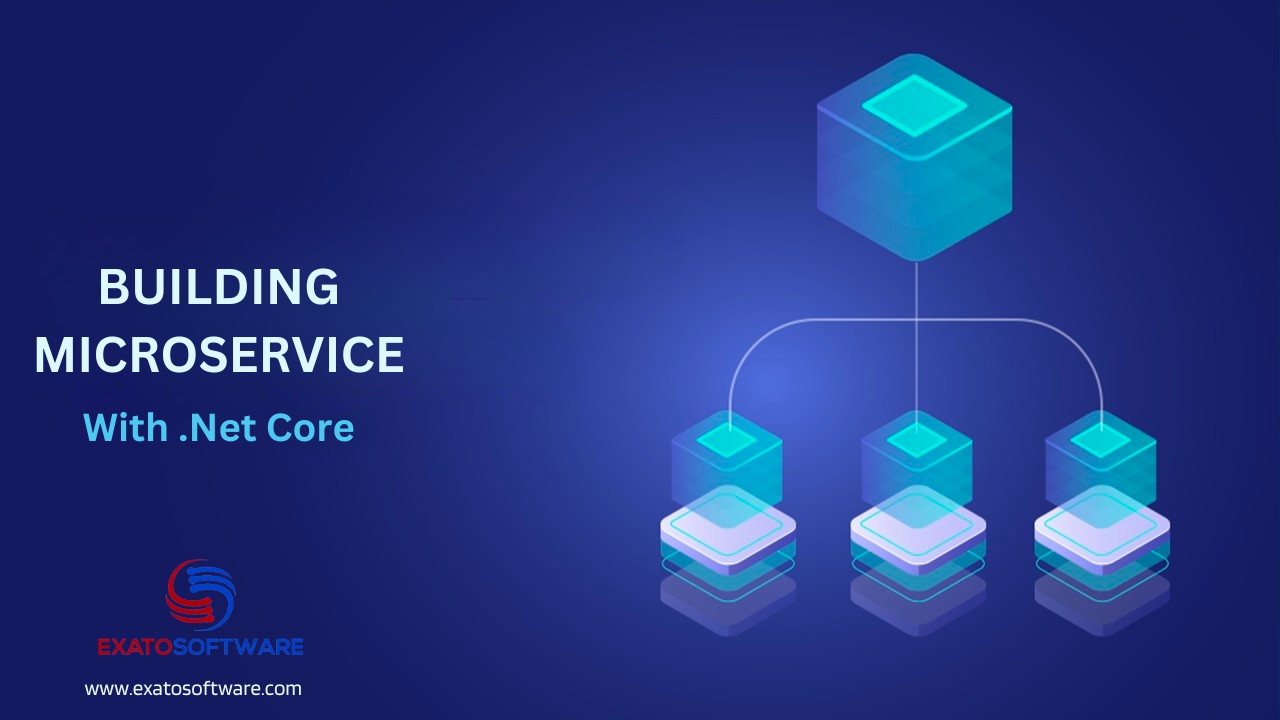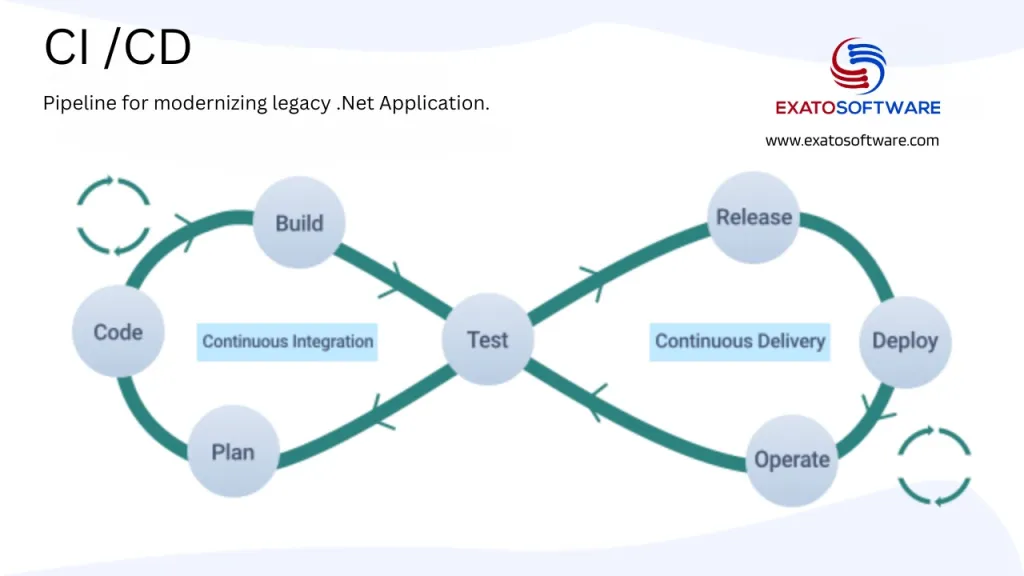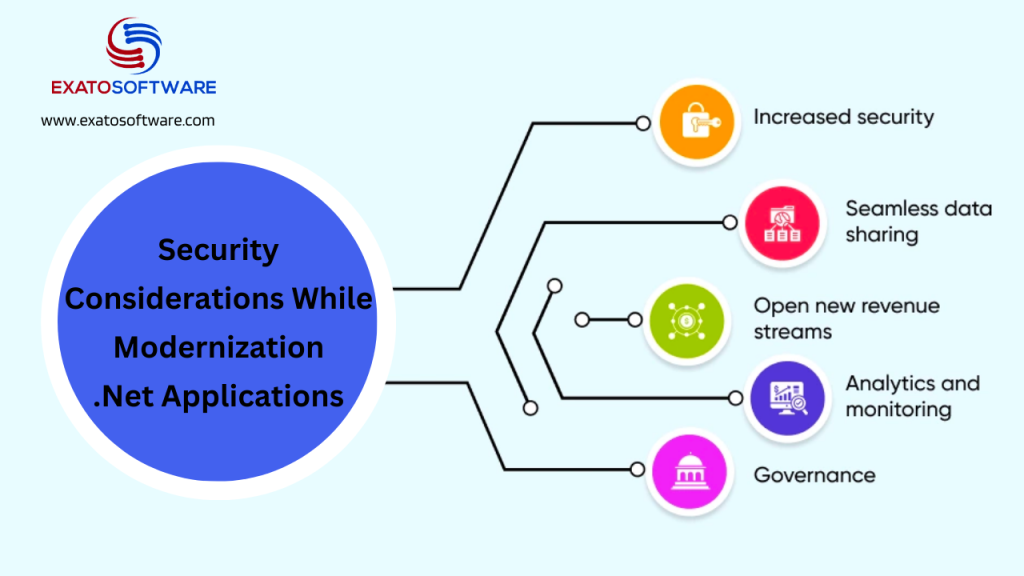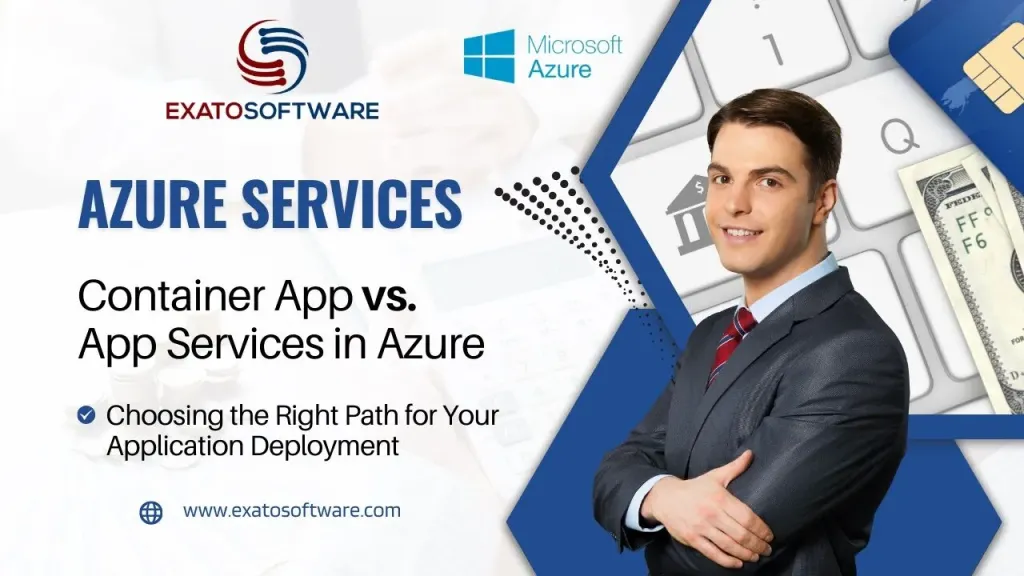
Container App vs. App Services in azure: Choosing the Right Path for Your Application Deployment
Azure provides a range of options for hosting and managing your applications in the context of cloud computing and application deployment. App Services and Container Apps are two popular options. Both have their own benefits and are appropriate for various applications and development philosophies. We will examine the variations and application scenarios for Container App […]

